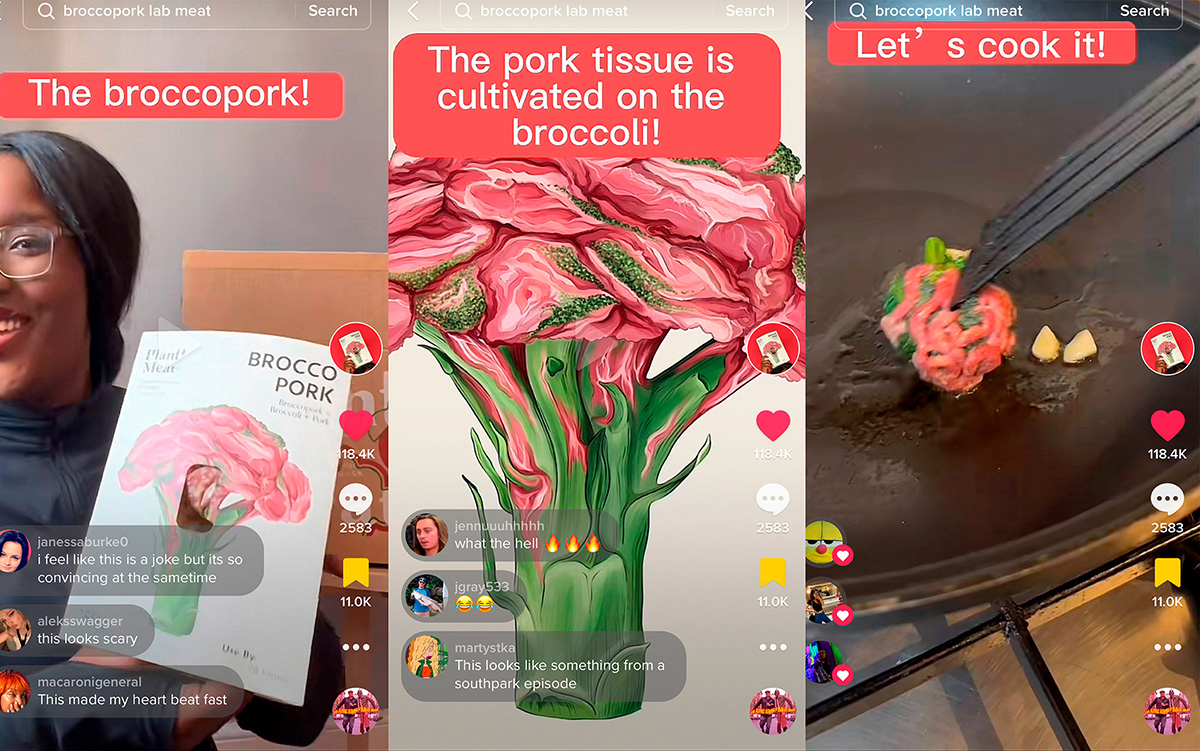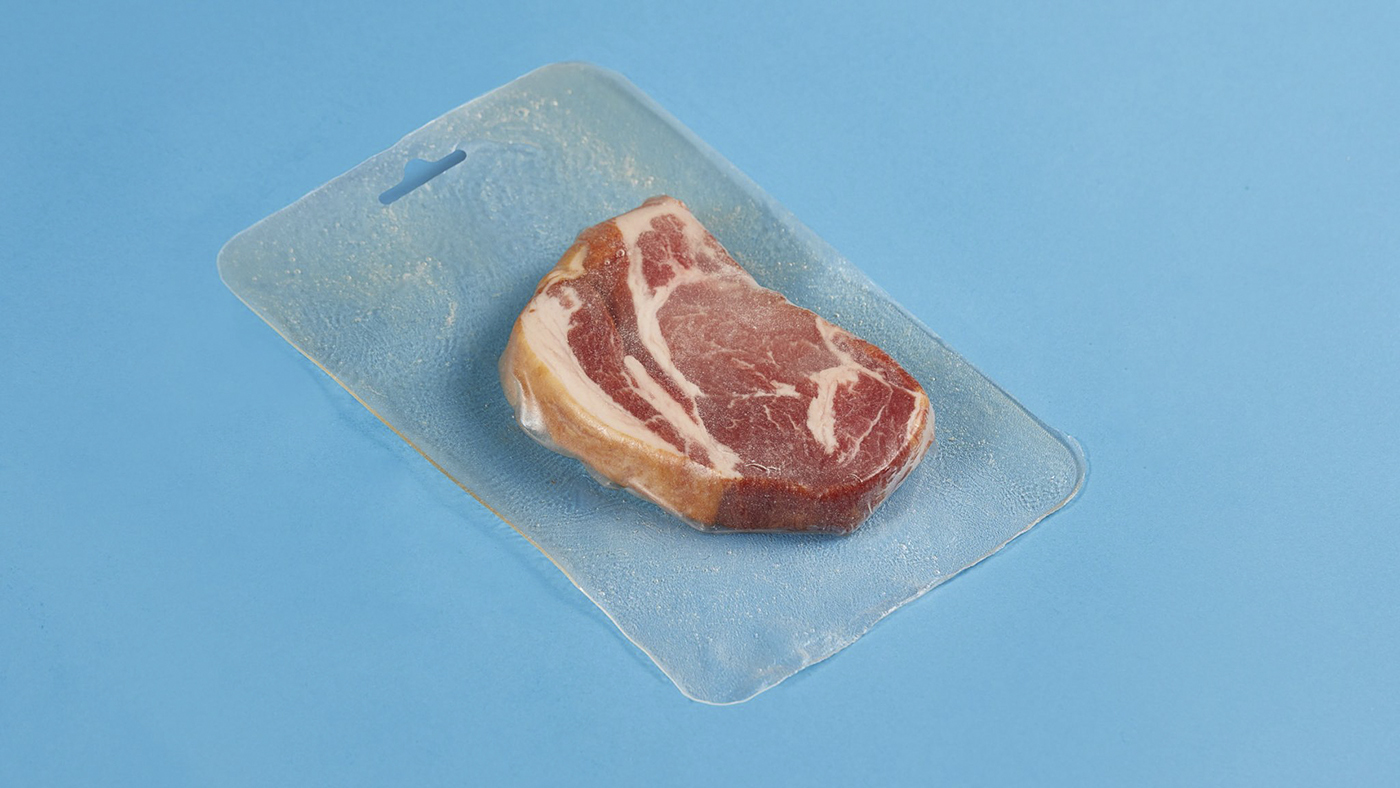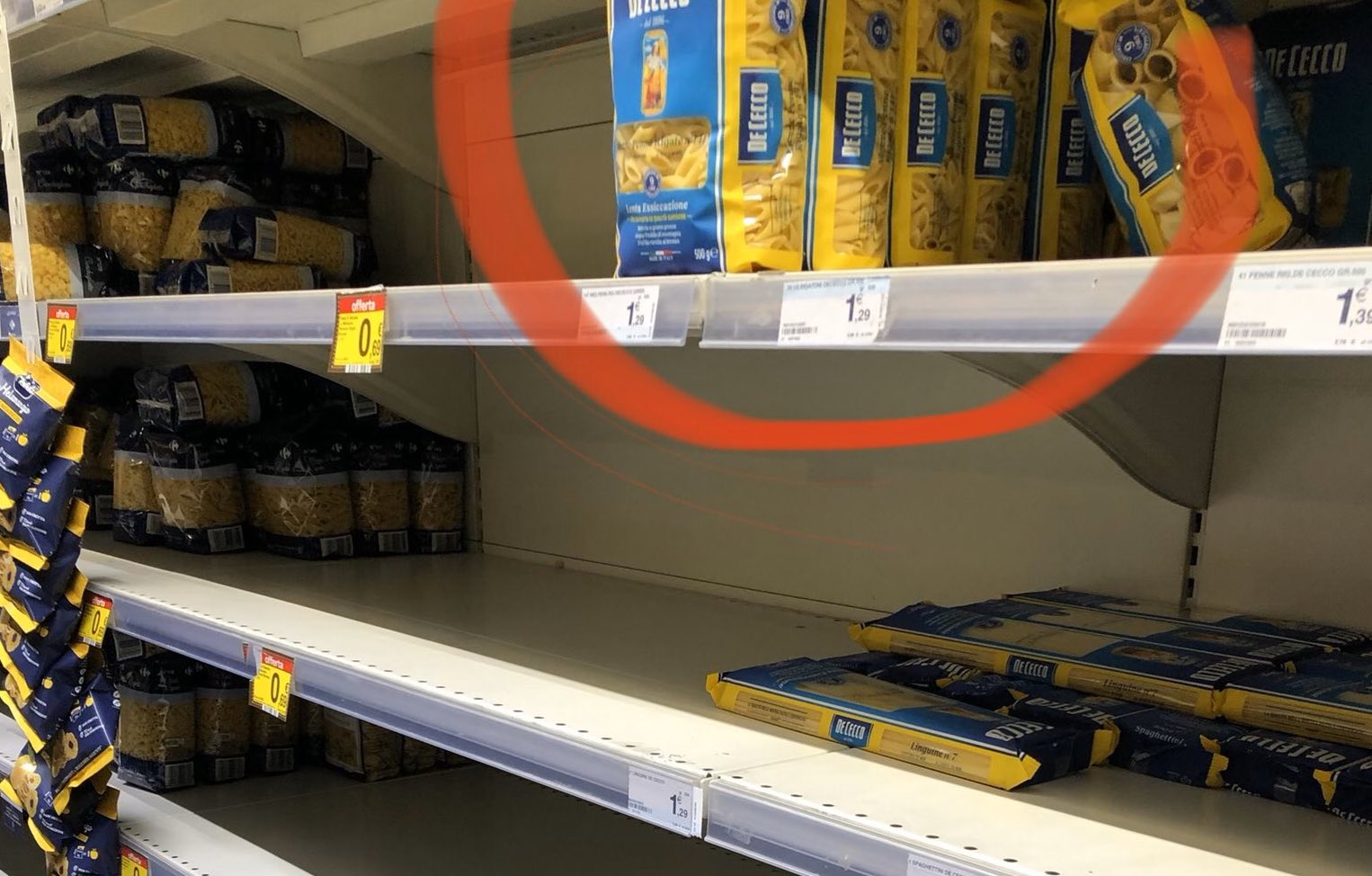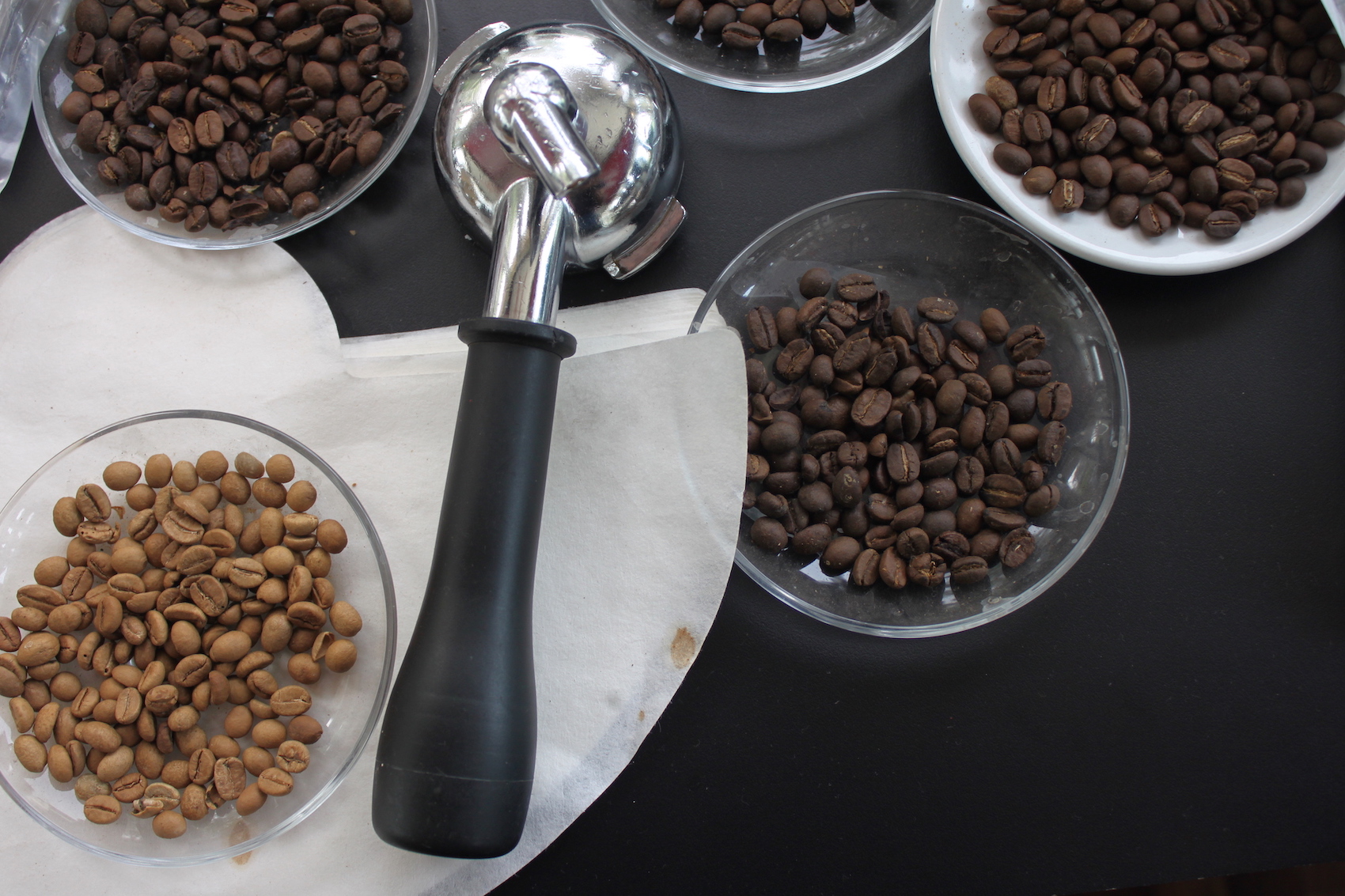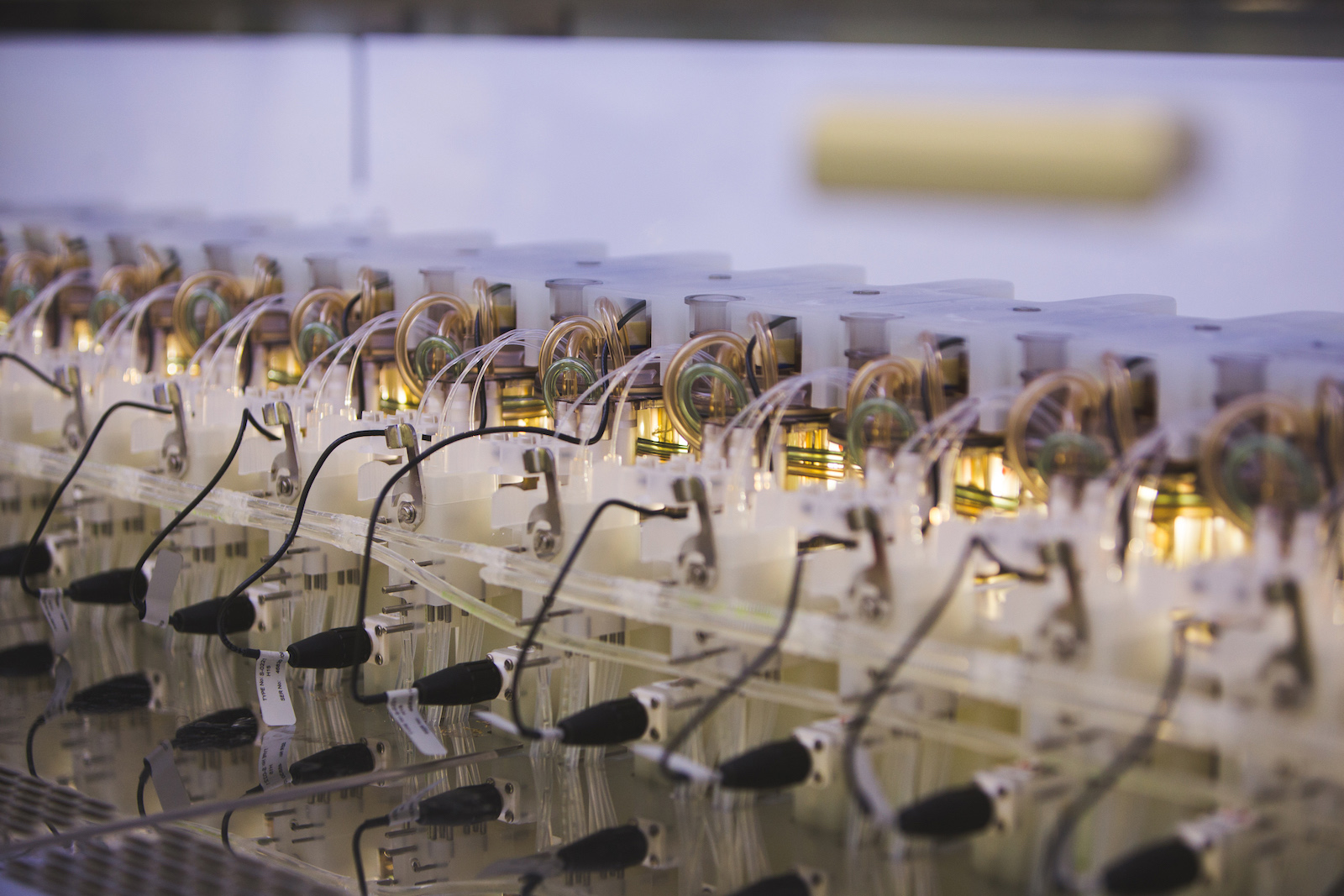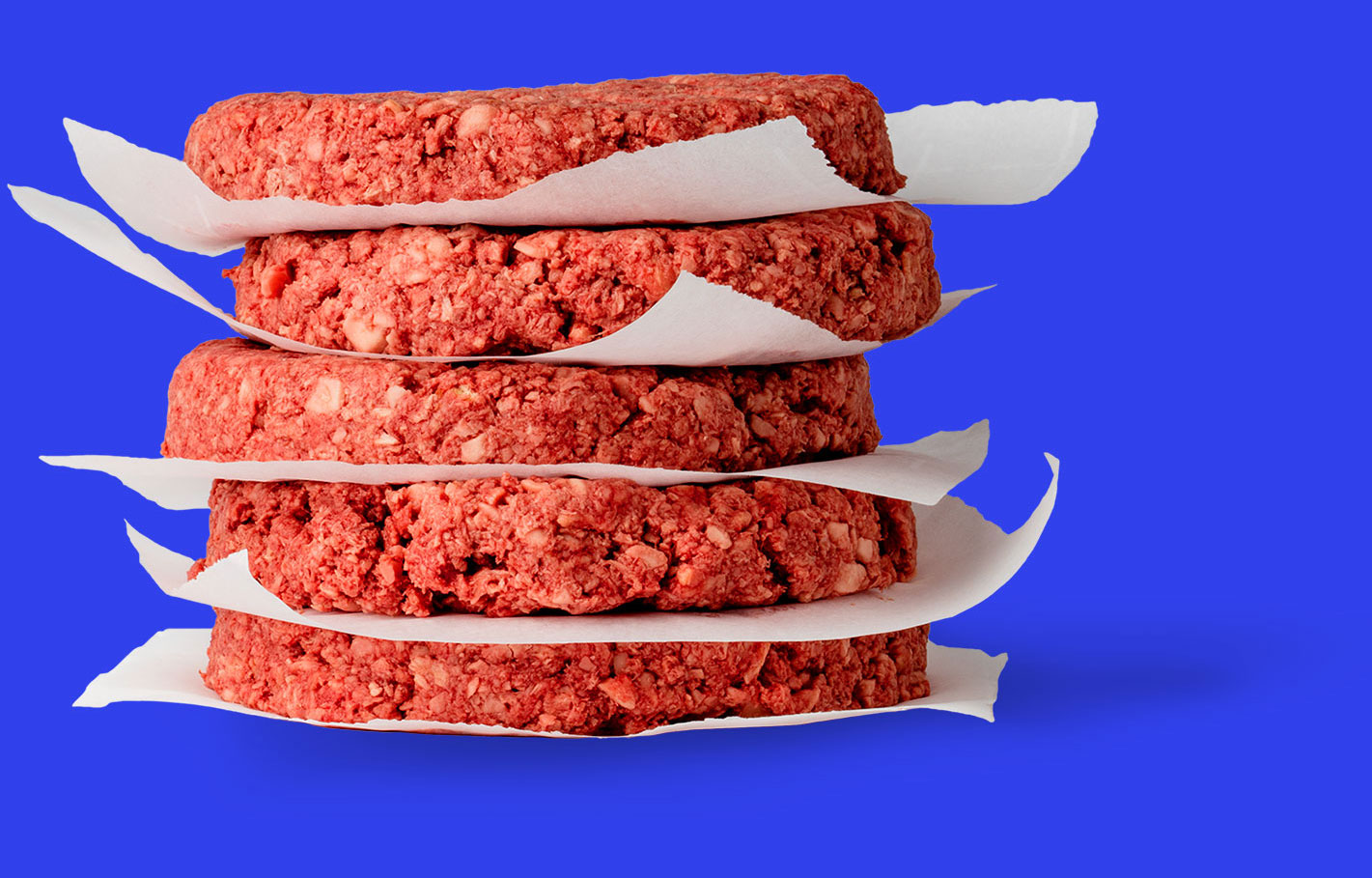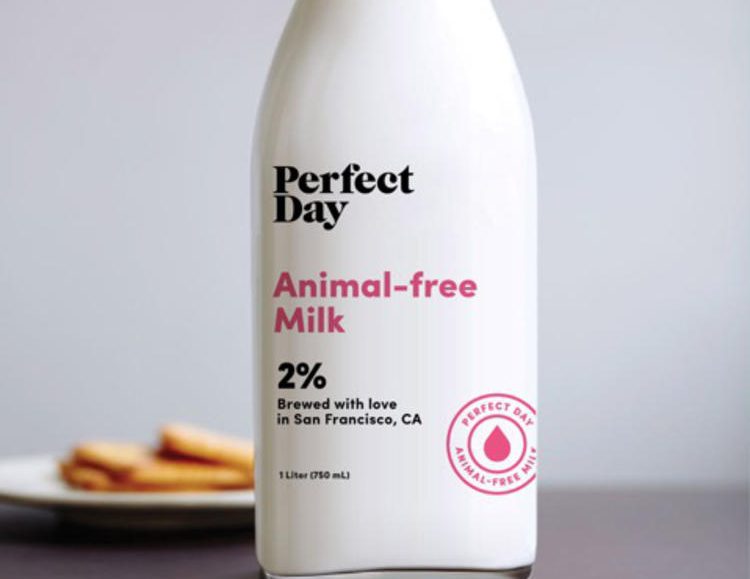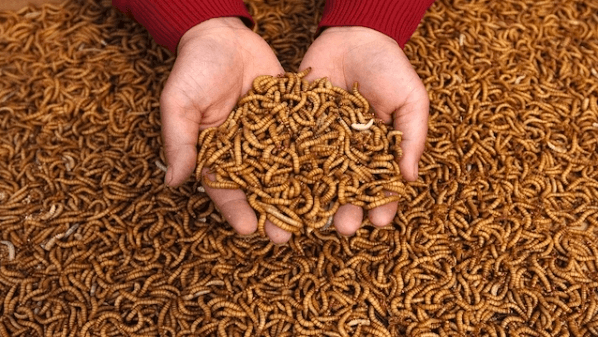This story is part of MOLD Magazine: Issue 03, Waste. Order your limited edition issue here.
Cities cover just 2% of the Earth’s surface, but in that 2%, they hold 54% of its population and consume over 75% of its natural resources. The world’s cities produce well over 1 billion tons of garbage annually, 9 million tons of which comes from coffee.
Yes, coffee, the figurative fuel of the urban grind, is a significant contributor to global environmental impact. 2.25 billion cups of coffee are consumed around the world daily, and their grounds and other by-products are great feeders of city landfills. Consumed (and wasted) by homes, restaurants, and offices alike, in a first-of-its-kind 2017 study on food waste by the Natural Resources Defense Council, coffee was found to be the single largest source, by mass, of food waste in the three American cities tested, New York, Nashville and Denver. Its impact isn’t in volume alone—once in landfills, coffee decomposes to produce methane, a greenhouse gas with 30 times the global warming capacity of carbon dioxide.
In our coffee trash, however, there is treasure: because coffee beans are only processed to extract taste, the remaining grounds retain valuable chemical compounds. In chemist’s terms, coffee grounds are highly calorific, meaning they have high concentrations of stored energy that can be released when burned; at 5,000 kcal/kg, they hold more potential energy than wood (2,500 kcal/kg) or even brown coal (3,500 kcal/kg). Such was the realization of University College London architecture student Arthur Kay, prompting him to experiment with converting spent coffee grounds into commercial fuel. In 2013, he founded bio-bean, the world’s first coffee-fueled energy firm designed to power full cities.
At bio-bean’s 20,000-square-foot production facility in Cambridgeshire, England, over 50,000 tons of coffee grounds from London and beyond are processed to extract their highest-energy oils—about 15–20% of the grounds’ total oil content. These oils are combined with other solutions to create a “B20” biodiesel that can be used to power machines, cars, and even double decker buses. So far, the company has produced 6,000 liters of coffee oil; globally, this oil has the potential to produce over 720,000 tons of biodiesel each year.
The remaining 80–85% of coffee ground oil that cannot be extracted is dried to create biomass pellets, a greener alternative to wood chips. bio-bean also produces Coffee Logs, a carbon neutral replacement for wood for home fireplaces and stoves. Each Coffee Log is made from the grounds of 25 cups of coffee and contains 20% more energy than wood—meaning it burns hotter and for a longer duration. Given their strong aroma, the logs have inspired a culinary curiosity in coffee-smoked meats, while also receiving high praise from users whose fireplaces potpourri the entire home to smell like a fresh cup of brew.
What makes bio-bean different from academic studies and CSR initiatives (Starbucks and Nestlé both have their own internal coffee recycling programs) is its commitment to working within a city’s existing energy and waste infrastructures. Waste management partners undertake all ground collections on bio-bean’s behalf, and businesses such as Costa Coffee assign their locations to bio-bean’s collection routes, which include coffee shops, offices, transport hubs, and food factories across the United Kingdom.
In a world where cities are slowly beginning to assume responsibility for their waste (paper cup taxes and business recycling laws signal promising change), it’s important to account for the hidden waste we produce: the by-products of food processing and preparation that we never see as they travel directly from latte station to landfill. bio-bean reminds us to consider the potential of our culinary trash—fuel for our bodies, and for our cities too.






